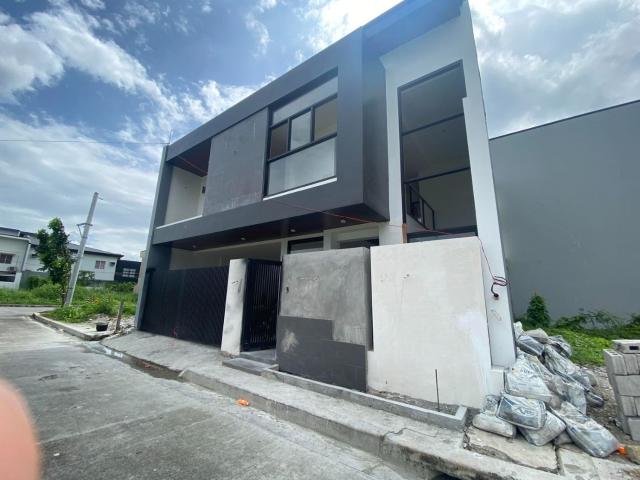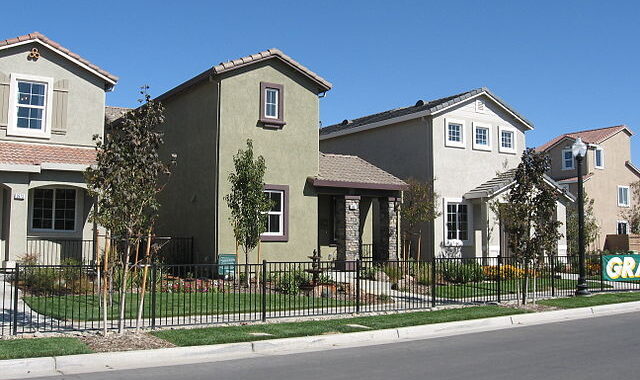Co-living Spaces in Singapore

In the fast-paced and dynamic landscape of Singapore, where urban lifestyles are constantly evolving, a new trend is making waves – co-living spaces. The traditional concept of living in individual apartments or houses is gradually giving way to a more collaborative and community-driven approach. As the city-state continues to grow and thrive, the future of co-living spaces in Singapore seems not only promising but essential for addressing the changing needs of its diverse population.
The Rise of Co-living: A Paradigm Shift
Embracing Community Living
Co-living spaces represent a paradigm shift in the way people perceive and experience urban living. Beyond the conventional confines of private residences, these spaces foster a sense of community and shared experiences. Singaporeans, especially the younger demographic, are increasingly valuing the social aspect of living, seeking more than just a place to stay but a community to belong to.
Flexibility and Affordability
One of the key drivers behind the surge in popularity of co-living spaces is the flexibility they offer. In a city where job opportunities and career paths are ever-changing, the ability to move seamlessly from one location to another without the hassles of traditional leases is a game-changer. Additionally, co-living spaces often come furnished, eliminating the need for hefty upfront investments in furniture and appliances.
Technological Integration: Shaping the Co-living Experience
Smart Living Solutions
As Singapore positions itself as a Smart Nation, co-living spaces are quick to adopt cutting-edge technologies to enhance the resident experience. From smart home systems that allow residents to control lighting and temperature with a tap on their smartphones to integrated security measures, technology plays a pivotal role in shaping the future of co-living in Singapore.
Virtual Community Engagement
The tech-savvy nature of Singaporeans is reflected in the way co-living spaces leverage digital platforms to facilitate community engagement. Virtual meetups, online forums, and shared digital calendars create an interconnected community, fostering relationships among residents even in the absence of physical proximity.
Sustainability: A Core Element of Co-living
Eco-Friendly Design and Practices
Singapore has been at the forefront of sustainable urban development, and co-living spaces are no exception. The future of co-living in the Lion City involves eco-friendly designs, energy-efficient solutions, and a commitment to reducing the carbon footprint. These spaces are not just residences but hubs of sustainability, reflecting the environmental consciousness of the residents.
Shared Resources for a Greener Future
Co-living encourages the shared use of resources, minimizing waste and maximizing efficiency. From shared kitchens that reduce individual energy consumption to community gardens that promote local produce, these spaces are designed to align with Singapore’s vision of a greener and more sustainable future.
Overcoming Challenges: Navigating the Regulatory Landscape
While the growth of co-living spaces in Singapore is evident, it is not without challenges. The regulatory landscape, traditionally geared towards individual housing, poses hurdles for this emerging trend. However, discussions are underway to adapt regulations to accommodate the unique dynamics of co-living, ensuring a harmonious integration into the urban fabric.

The Road Ahead: Co-living as a Lifestyle Choice
Changing Perspectives on Home
As co-living becomes more ingrained in the fabric of Singaporean society, the very concept of “home” is evolving. It is no longer confined to the physical space behind closed doors but extends to the vibrant communities and shared spaces that define co-living. This shift in perspective marks a significant departure from traditional notions of housing and sets the stage for a more interconnected society. Check out Dunman Grand Residences Singapore to learn more about the future of co-living spaces in Singapore.
Diversification of Co-living Models
The future of co-living in Singapore will witness a diversification of models to cater to different demographics and preferences. From family-oriented co-living spaces with childcare facilities to artist-centric communities fostering creativity, the options will be as diverse as the people they serve.
Conclusion: Co-living as a Catalyst for Urban Evolution
In conclusion, the future of co-living spaces in Singapore is poised to be a catalyst for urban evolution. Beyond providing a roof over one’s head, these spaces encapsulate the essence of community, sustainability, and technological advancement. As Singaporeans embrace a more interconnected and collaborative way of living, co-living emerges not just as a trend but as a transformative force shaping the future of urban habitation.


 How Interest Rates Affect Home Prices
How Interest Rates Affect Home Prices  Pets Analysis Online Ecommerce Store
Pets Analysis Online Ecommerce Store  Medical Alert System Costs
Medical Alert System Costs  Key Trends in the Private Label Industry
Key Trends in the Private Label Industry  Use Visuals to Enhance Written Content
Use Visuals to Enhance Written Content  Cream Chargers Delivery Service
Cream Chargers Delivery Service